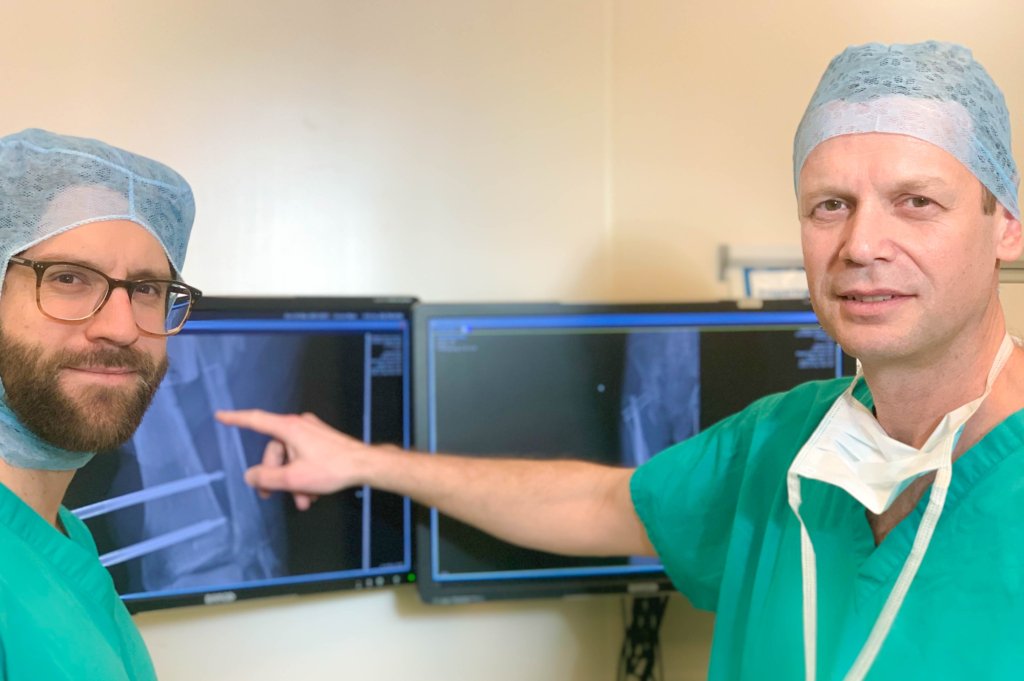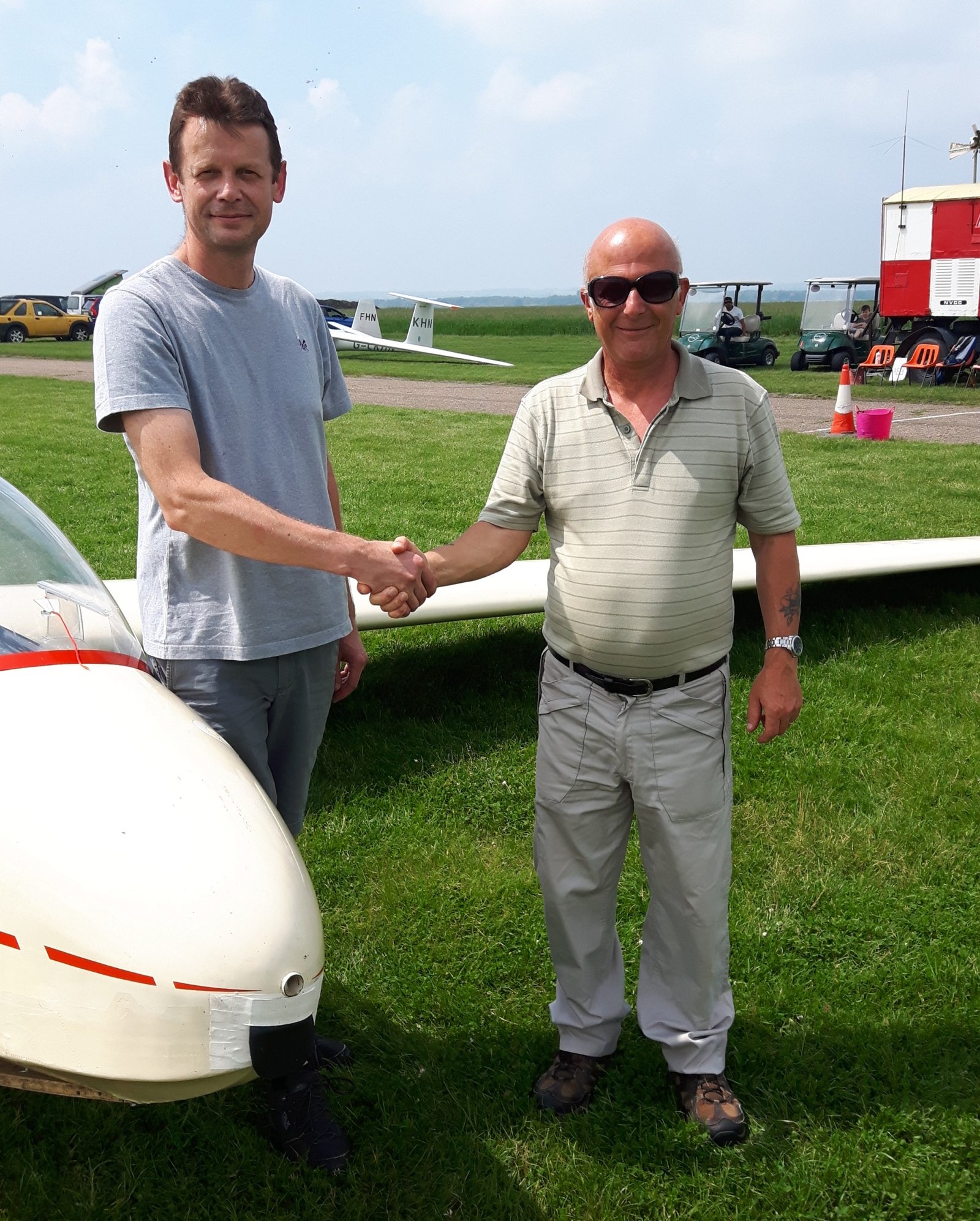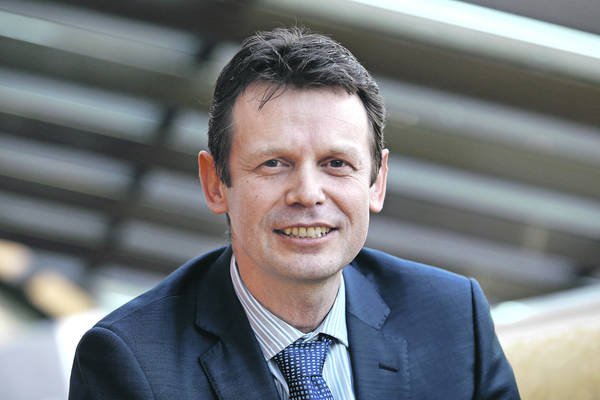Training the Trainee – Part 2 – Learning Process Should Be Friendly

Learning to glide involves a lot of ‘hands on’ training. You are strapped into a glider (front seat) and you do a preflight checks with your instructor. This involves checking that everything you will need during the flight is in working order; if it is not, the flight will be abandoned. The last check, right before you close the canopy and confirm that it is indeed closed, is called ‘eventualities’. In this part, you, the trainee (in your first few lessons, the instructor does this) describe what will happen if the event that something goes wrong during the launch: if the wings drops because you were unable to keep them level or if there is a launch failure, such as cable break, winch engine failure or tow plane failure. After this has been completed, you are ready to fly.
A cable is attached to the underbody of the glider and a sign is given to the winch driver or tow plane to tighten the cable. Once the cable is tight, the launch begins. If you use a winch to launch, it is an extremely forceful and fast process. In approximately 3-5 seconds you will reach the speed of around 60 knots. During these 3-5 seconds you have to do two things: keep the wings leveled and watch the airspeed indicator – it will tell you when it is safe to start your climb. If you do not start climbing, you will overfly the cable and essentially render it useless, cause a launch failure and put yourself in danger. I highly doubt your instructor will let you do it: they will take over control. If you rotate the glider too early, you will stall and it will fall out of the sky. In the event that you are extremely unlucky, the glider will also spin, which on a lower level means a high chance of death, for both you and your instructor. But, enough of this. How does gliding fit into surgical training?

When I started my gliding training, I noticed that I simply was not able to keep my eye on the wings and airspeed indicator at the same time. And even if I managed to glimpse at the indicator, I could not process the information quickly enough. This made me very tense and decreased my reaction time. I was incredibly unhappy and could not grasp why this was happening to me. However, after around a dozen launches, I noticed that my observational skills had improved. All of a sudden I was able to also monitor the height on a separate instrument.
Initially, I could not wrap my head around this. I knew that when I am in theatre, whether in the capacity of a principal surgeon or an assistant, I was able to see what my assistant/trainee is doing, what the scrub nurse is doing, if the image intensifier is close enough or if it is moving in the right direction whilst also answering questions put to me. So, why when in the glider I could not do even one simple thing: keeping the wings level and watching the air speed indicator? Several months passed before I understood why. I pondered if it was information overflow? Probably not. I contemplated if it was because I was in an unknown situation and came to the conclusion that that was very likely the answer. But I could not understand why.
Now, in my current understanding, I believe that once we have become acclimatised to a certain environment or conditions, our brain will filter out unnecessary information, focusing instead on only the important facts. This does not mean that the unnecessary information is not acknowledged, it just means it has been actively ignored. They will be recognised, assessed for importance and relevance and then either pushed away straight away or accepted as important facts. And as anything else related to training, we need to train our brain to do so.
Realising this also showed that in the past I certainly have not fulfilled my role as trainer in the past. Expecting that the trainee will be able to process the same information as me was unreasonable. It will come as no surprise that I was able to offer a solution much faster, apply more lateral thinking and so on. Because I did not have to focus specifically on performing basic tasks like operating a power tool or reducing a fracture, I was able to focus only on the problem(s) in front of me. The stuff I am familiar with, I tend to do more or less on ‘auto pilot’. And so, we’re back to gliding. When I first started going up in a glider, I had to focus on coordinating the actions of my hands and legs. Now, with experience, I no longer have to do that – my legs follow my hands and it’s all done in the background.
The new knowledge, understanding and experience I obtained from the gliding course encouraged me to completely change my approach when introducing a trainee to a new method or procedure. It goes without saying that you should never assume that what comes easily to you, that that will also be the case for someone else with less experience.
In the next section I will be discussing the fact how observational skills change in time.

Author: Matija Krkovic
Website: https://www.limbreconstructions.com/